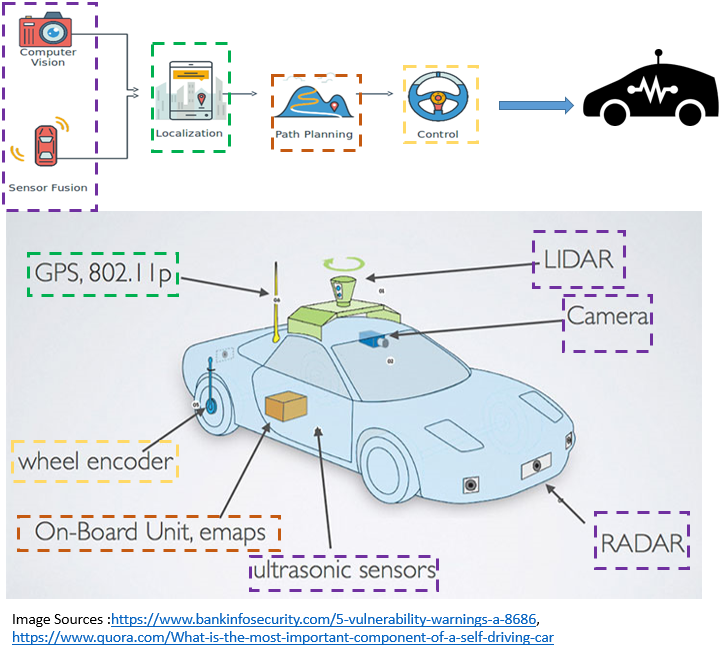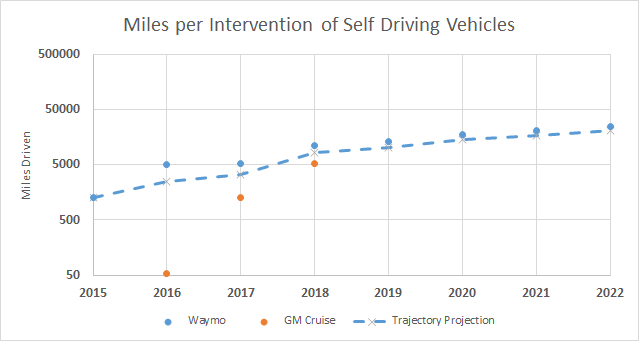Difference between revisions of "Autonomous System for Ground Transport"
| Line 32: | Line 32: | ||
==Design Structure Matrix (DSM) Allocation== | ==Design Structure Matrix (DSM) Allocation== | ||
The autonomous system for ground transport technology sits at level 2 abstraction and is a specification of ground transport at level 1. It can be classified into 5 different level of autonomy. Each level of autonomous system requires a certain number of enabling technologies such as sensors and cameras, which are the level 4 abstraction in the system architecture hierarchy. Going further, it could be insightful for roadmap construction to further decompose the level 4 systems into more specific types of technologies. | The autonomous system for ground transport technology sits at level 2 abstraction and is a specification of ground transport at level 1. It can be classified into 5 different level of autonomy. Each level of autonomous system requires a certain number of enabling technologies such as sensors and cameras, which are the level 4 abstraction in the system architecture hierarchy. Going further, it could be insightful for roadmap construction to further decompose the level 4 systems into more specific types of technologies. | ||
[[File:DSMTree.png| | [[File:DSMTree.png|600 px]][[File:DSM Allocation.png|700 px]] | ||
The Object-Process-Language (OPL) description complements the second level autonomous system for ground transport (2ASGT) tree. | The Object-Process-Language (OPL) description complements the second level autonomous system for ground transport (2ASGT) tree. | ||
[[File:DSMOPL.png|1200 px]] | [[File:DSMOPL.png|1200 px]] | ||
Revision as of 01:25, 7 October 2019
Technology Roadmap Sections and Deliverables
The first point is that each technology roadmap should have a clear and unique identifier:
- 2ASGT - Autonomous System for Ground Transport
This indicates that we are dealing with a “level 2” roadmap at the product or system level, where “level 1” would indicate a social level roadmap and “level 3” or “level 4” would indicate an individual technology roadmap.
Roadmap Overview
The overview and working principle of autonomous ground transport is depicted below:
Autonomous transport has four main components, namely (1)Perception, (2)Localization, (3)Planning, and (4)Control. The four components work together as depicted in the overview to enable the autonomous capabilities in the transport system.
(1) Perception The data from sensors (radars, lidars, cameras etc) are integrated to build a comprehensive and detailed understanding of the vehicle’s environment
(2) Localization GPS and algorithms are employed to determine the location of the vehicle relative to its surrounding. It is critical for the accuracy to be within the order of centimeters to ensure that the vehicle stay on the road.
(3) Planning With the understanding of the environment and the vehicle's relative location within, a transport route can be planned to get to the desired destination. This involves predicting the behavior of other entities (other vehicles, pedestrians etc) in the immediate proximity followed by deciding the appropriate actions to be taken in response to them. Lastly, a route is developed to reach the destination within required conditions (safety, comfort etc)
(4) Control The planned route is passed onto the vehicle. In this execution phase, the route is translated into control instructions for the vehicle to turn the steering wheel, hit the accelerator or the brake etc.
The autonomous transport technology is intended to bring about improvements in mainly safety and mobility. The number of fatalities in motor incidents are significant each year and autonomous vehicles could potentially reduce that number with the use of software that are less error-prone or less susceptible to distractions than humans. At the same time, autonomous technology can offer mobility to disable or elderly individuals where it is needed the most.
Design Structure Matrix (DSM) Allocation
The autonomous system for ground transport technology sits at level 2 abstraction and is a specification of ground transport at level 1. It can be classified into 5 different level of autonomy. Each level of autonomous system requires a certain number of enabling technologies such as sensors and cameras, which are the level 4 abstraction in the system architecture hierarchy. Going further, it could be insightful for roadmap construction to further decompose the level 4 systems into more specific types of technologies.
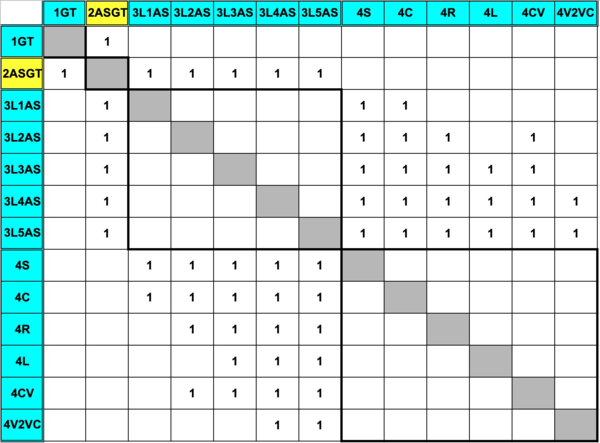
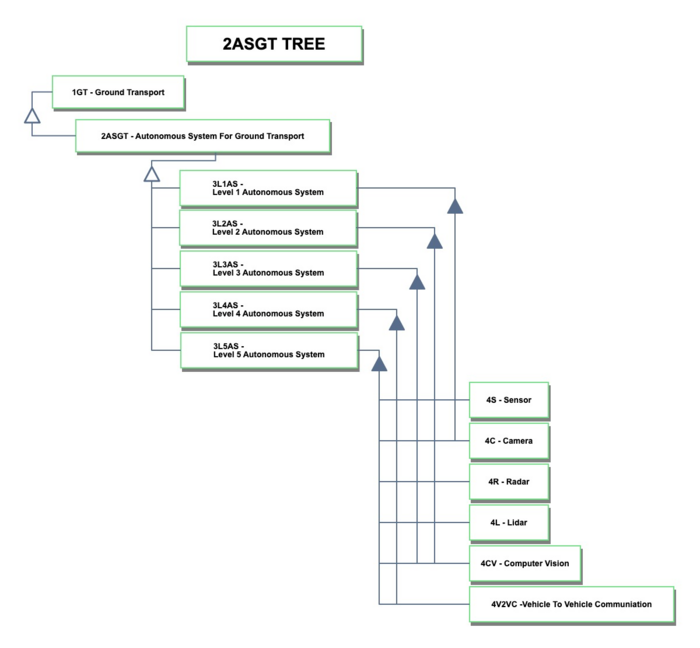 The Object-Process-Language (OPL) description complements the second level autonomous system for ground transport (2ASGT) tree.
The Object-Process-Language (OPL) description complements the second level autonomous system for ground transport (2ASGT) tree.

Roadmap Model using OPM
We provide an Object-Process-Diagram (OPD) of the 2ASGT roadmap in the figure below. This diagram captures the main object of the roadmap (Autonomous System for Ground Transport), its 2-level decomposition into enabling systems (Positioning and Sensing Technologies, Data Storage and Transmission Technologies, Computation and Control Technologies), its characterization by Figures of Merit (FOMs) as well as the main processes and other objects it interacts with.
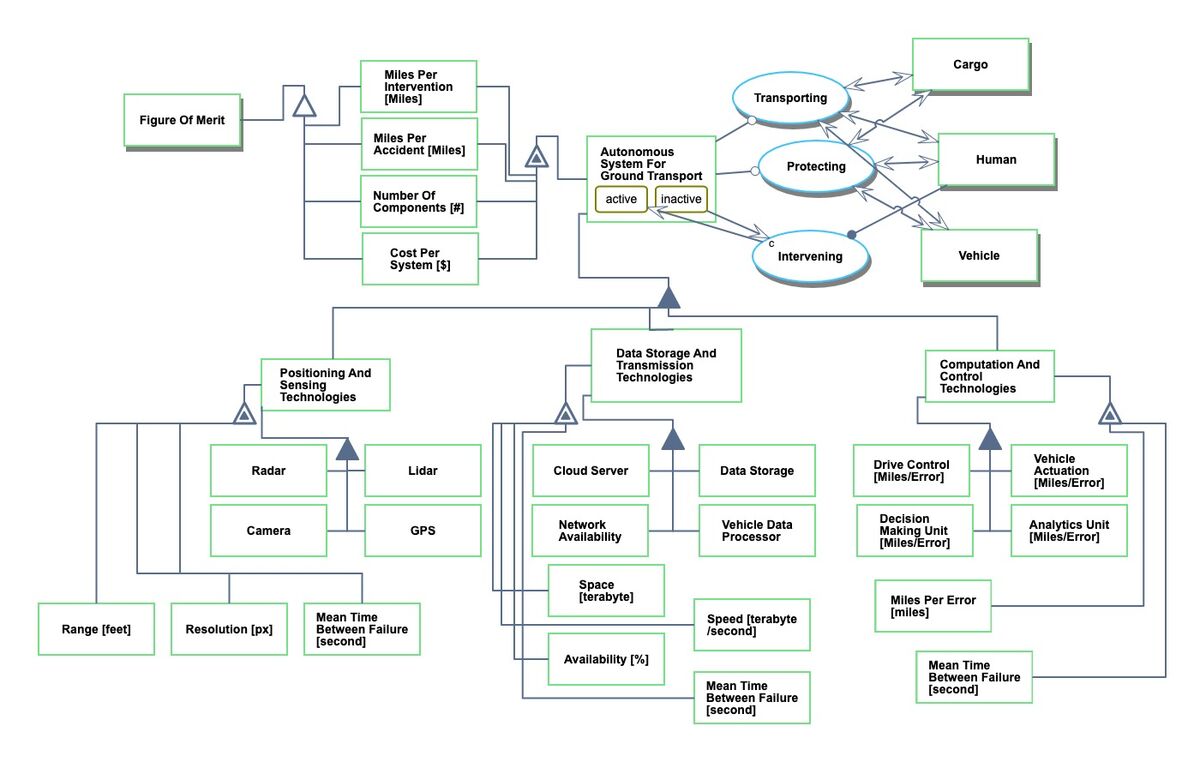
An Object-Process-Language (OPL) description of the roadmap scope is auto-generated and given below. It reflects the same content as the previous figure, but in a formal natural language.
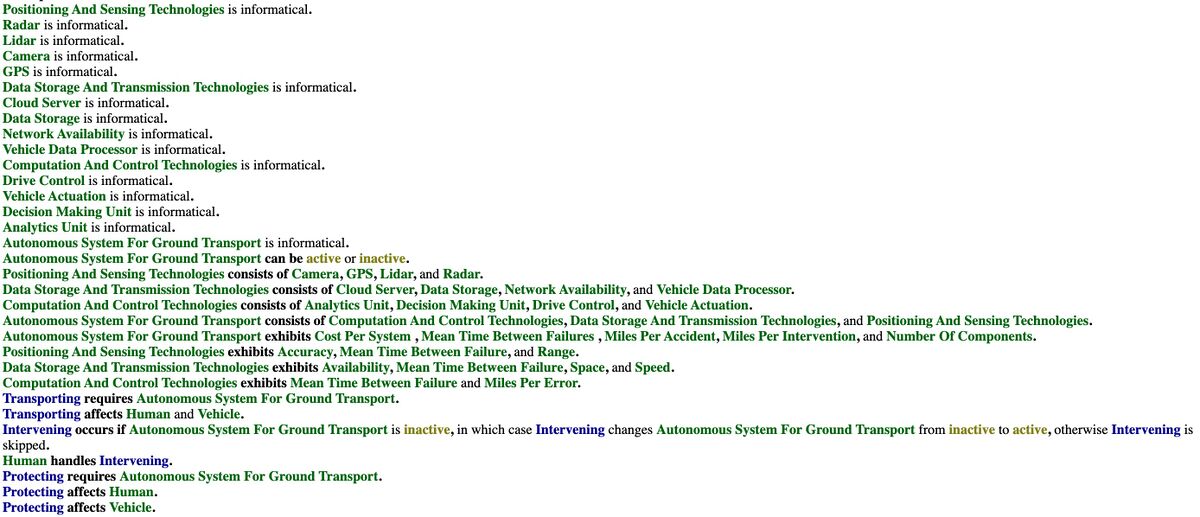
Figures of Merit
Four main figures of merit, in terms of reliability, safety, compatibility, and cost are used to quantify the performance and utility level of the autonomous system for ground transport.
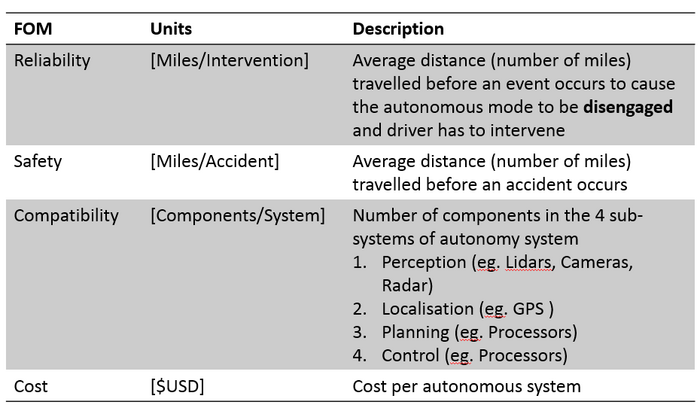
Considering the average logarithmic performance values of the FOM, the average rate of improvement from 2015 to 2016 is about 8% (dFOM/dt).
Alignment with Company Strategic Drivers
Positioning of Company vs. Competition
Technical Model
Financial Model
List of R&T Projects and Prototypes
Key Publications, Presentations and Patents
Technology Strategy Statement
A technology roadmap should conclude and be summarized by both a written statement that summarizes the technology strategy coming out of the roadmap as well as a graphic that shows the key R&D investments, targets and a vision for this technology (and associated product or service) over time.
